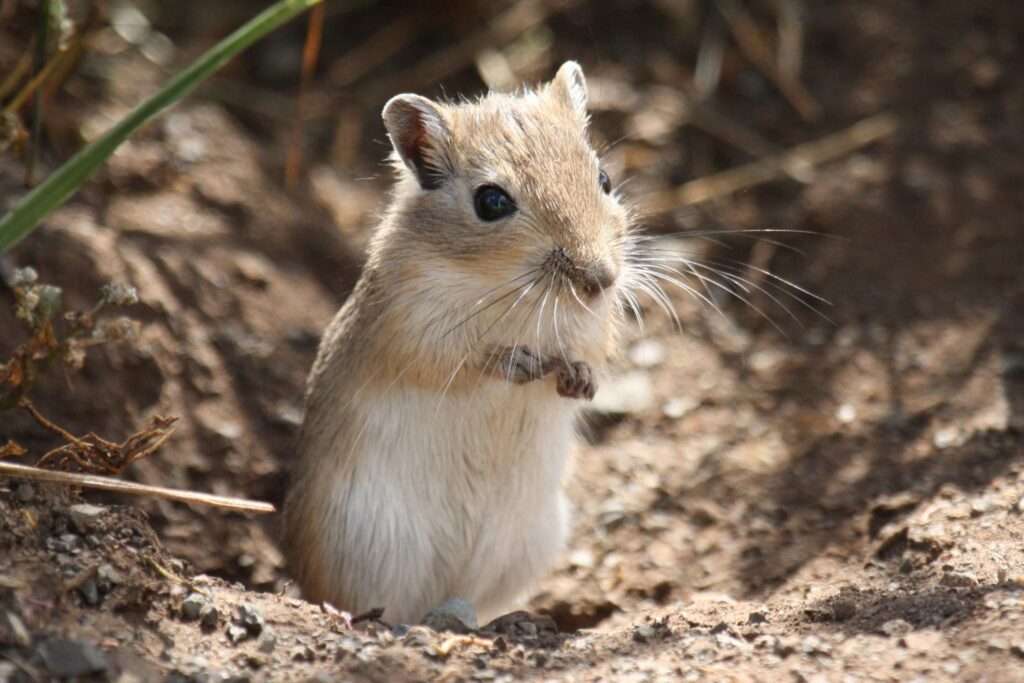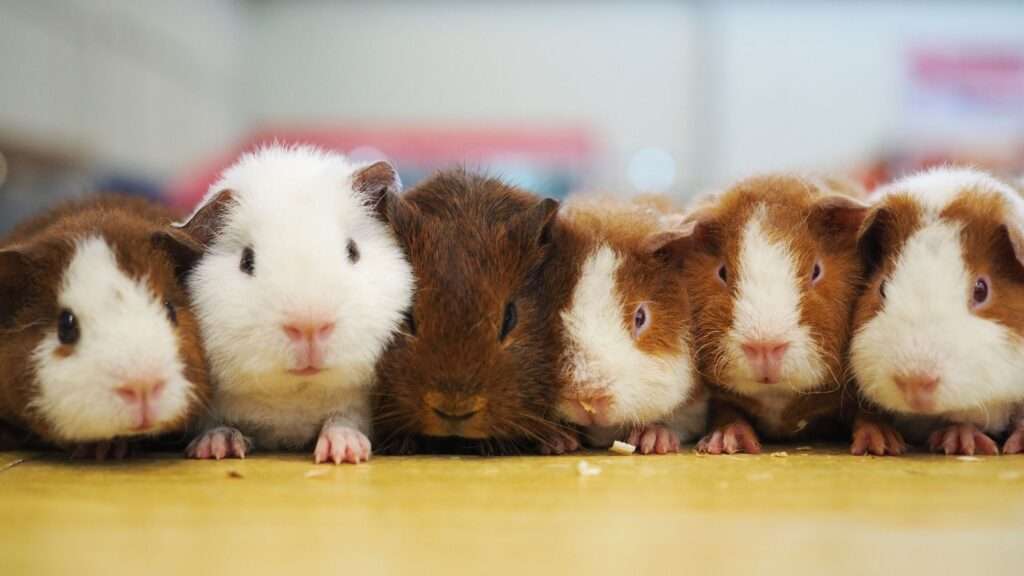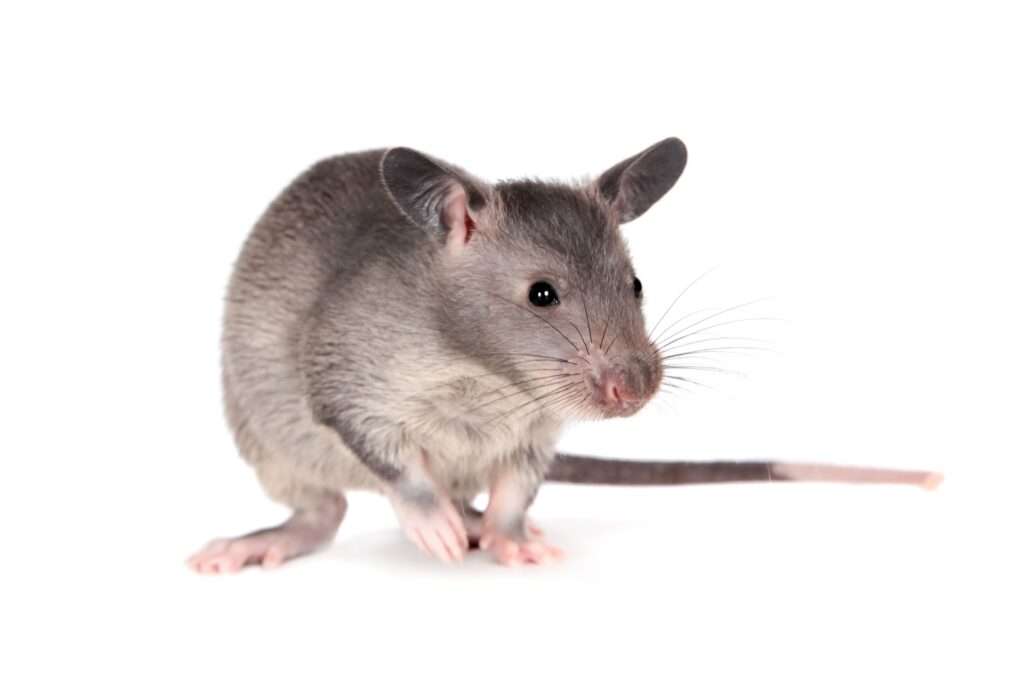
Gerbils are popular pets that are affordable and simple to care for. They are burrowing rodents found in Africa and Asia. While there are multiple gerbil species in the wild, the majority of pets are captive-bred Mongolian gerbils. They have a grayish coloration in the wild. Several color variations, including white, black, and gold, are accessible through selective breeding. Many gerbils can be hand-tame as pets with moderate handling. Their nutrition is simple, and their living arrangement is simple to maintain.
Life Expectations: 2 to 3 years on average; can live up to 8 years
As Pet/ In Captivity

Temperament and Behavior
Gerbils, unlike mice and hamsters, are frequently seen sitting up on their hind legs. They are curious, energetic, and active animals, but they make excellent pets. They are not nocturnal, though they may be active at night and snooze throughout the day.
Gerbils are very social animals that live in colonies in the wild; they do not make good solitary pets. Keeping a same-sex pair is therefore required. Choose littermates or young gerbils that can grow up together. However, because gerbils are territorial, it can be difficult to introduce a new one if you already have one.
Housing
Glass aquariums can be used for gerbil housing and are preferred by many owners over wire cages. Aquariums allow for a thick layer of bedding, which allows the gerbils to indulge in their natural burrowing behavior. A tight mesh lid is required to prevent escapes and allow for adequate ventilation. As a general guideline, each gerbil should have 5 gallons of space.
Provide plenty of climbing and enrichment objects in the enclosure, such as thick pieces of wood, stable huge boulders, ladders, ramps, and platforms. Chewable toys should always be provided to help wear down a gerbil’s constantly expanding teeth. Wooden toys designed for small animals or even birds are excellent choices. Toilet paper tubes, however soon shredded, are a popular gerbil play. In order to avoid injuries, include an exercise wheel with a solid surface. There should be no places on the training wheel where your gerbil’s foot, tail, or other body parts can become stuck.
Eat and Drink
The fundamental component of your gerbil’s diet should be a formulated pellet meal that is always available. This provides comprehensive nutrients. In the enclosure, place a day’s worth of pellets in a small ceramic dish. After 24 hours, discard any uneaten pellets before adding the next day’s amount.
Water: Gerbils should always have access to clean drinking water. It is preferable to utilize a water bottle that can be attached to the enclosure’s side. Include a water dish as well until you’re certain your gerbil is using the bottle. Every day, change the water.
You can also provide a plate of gerbil food mix with seeds, grains, and dried vegetables. Discuss the appropriate food amount with your veterinarian, as it varies according on size and activity level.
Exercise
Gerbils are very playful and require exercise to keep them cognitively and physically occupied, which aids in the prevention of disorders such as obesity. One of the greatest methods to ensure they receive adequate exercise is to provide as large an enclosure as you can fit and afford. Make sure they have adequate climbing structures, an exercise wheel, toys, and other activities to keep them entertained. Allow them supervised out-of-cage time every day in a secure place where they may run and explore securely.
Price/Purchase
Gerbils can be found in pet stores, breeders, and rescue organizations. It’s usually best to go from a reputable breeder or rescue, as they can provide more information on the gerbil’s health, history, and temperament. Expect to spend $10 to $20 on average, though this will vary depending on factors such as the age and color of the animal.
The Benefits and Drawbacks of Owning a Gerbil as a Pet
Gerbils are generally peaceful pets that don’t require much space. They may be quite amusing to observe and are usually hand-tamable. They must, however, be handled with care and are not suitable for young children. They can also be a little dirty with their bedding.
Table





